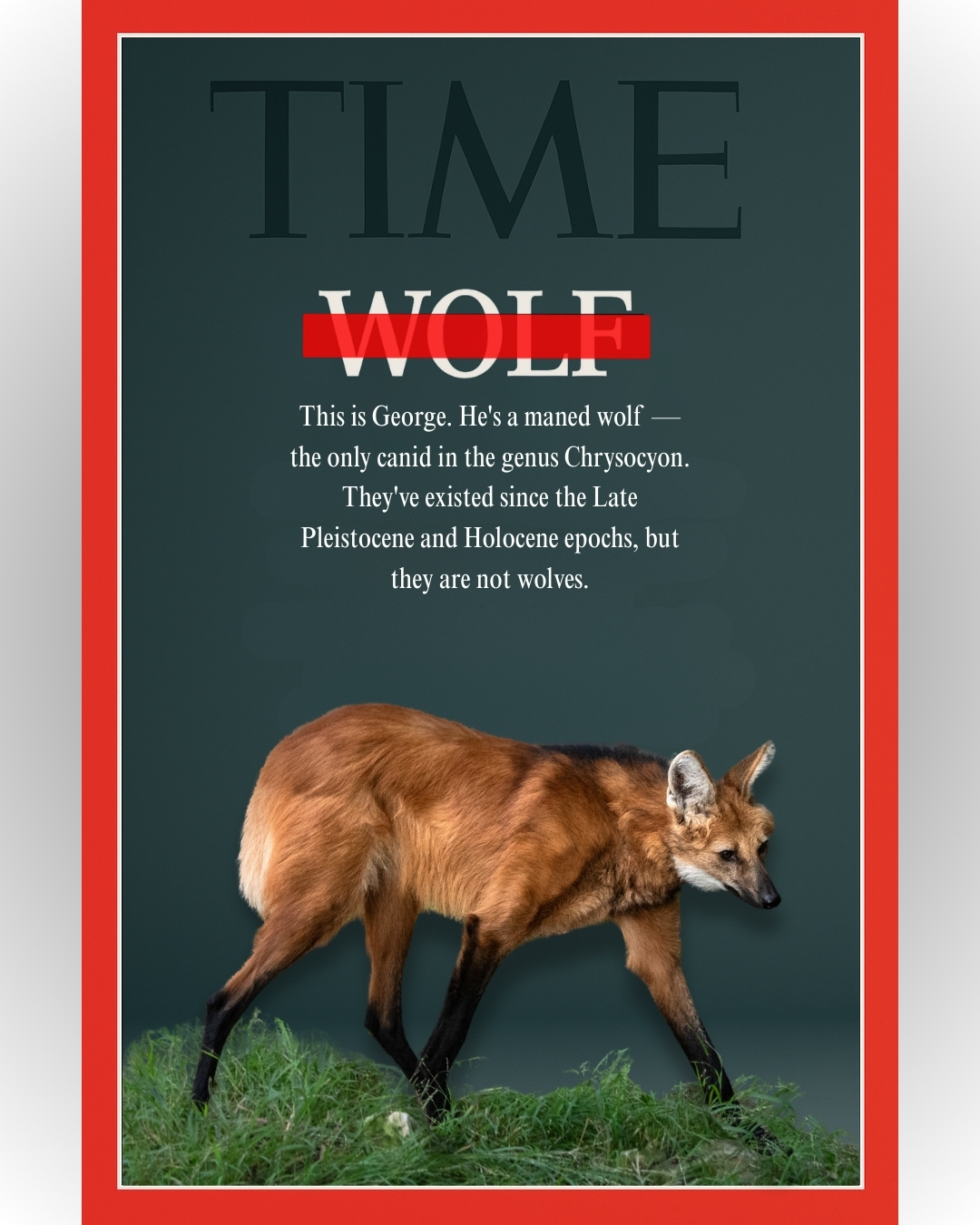- Maned wolves are not actual wolves; they are a distinct species within the genus Chrysocyon.
- Maned wolves have unique physical and behavioral adaptations that differentiate them from other canids.
- Their habitat and dietary preferences highlight their role in ecosystem biodiversity.
- Conservation efforts are crucial for the survival of maned wolves in the wild.
- Scientific advances have shed light on the genetic and ecological identity of maned wolves.
Maned wolves, standing out with their striking appearance, are often mistaken for mythical creatures from folklore, akin to the dire wolves. Despite their name, maned wolves are not wolves but belong to the genus Chrysocyon. As solitary animals with their distinctive long legs and reddish coat, they are uniquely adapted to their environment, playing a special role in the ecosystems they inhabit.
The evolutionary path of maned wolves is fascinating. As the single species in their genus, these South American natives showcase a divergence from the canid family tree that includes wolves, foxes, and domestic dogs. Their appearance, reminiscent of a fox on stilts, is complemented by an equally extraordinary set of behaviors and ecological adaptations. Maned wolves have a varied diet predominantly consisting of fruits, small mammals, and birds. This omnivorous feeding strategy plays a vital role in seed dispersion and maintaining the balance of their native habitats, such as the grasslands and scrub forests of the Cerrado biome.
Physical adaptations are key to understanding maned wolves’ survival strategies. Their long legs are a perfect evolutionary response to their environment, allowing them to see above tall grasses in the open savannas of South America. Unlike pack-oriented wolves, maned wolves live solitary lives or in pairs. Their communication relies on scent marking and unique vocalizations known as "roar-barks" to establish territory and avoid direct confrontations, which can be vital for survival in the vast and competitive landscapes they roam.
Conservation of maned wolves is critical, given their status as near-threatened. Habitat loss due to agriculture expansion and road mortality are significant threats to their population. Conservation efforts are focused on habitat protection, creating corridors for safe passage, and fostering coexistence with local farmers by minimizing conflict and encouraging conservation-friendly agriculture practices. Genetic studies and breeding programs, both in situ and ex situ, have been pivotal in the ongoing survival efforts of maned wolves, ensuring genetic diversity is maintained.
Scientific advances continue to reveal insights into these remarkable canids. Genetic analysis clarifies the connection between maned wolves and the broader canid family, offering new understanding of their evolutionary adaptations. These analyses help in formulating targeted conservation strategies, ensuring that maned wolves can thrive amid increasing environmental pressures.
In illuminating the true nature of maned wolves, we enhance our appreciation and commitment to preserving biodiversity. By protecting these remarkable animals and their habitats, we contribute to maintaining the ecological balance necessary for all species, including ourselves, to flourish.
*****
Source Description
Do you know what else *isn’t* actually a Dire wolf? 🐺 Maned wolves! In fact— despite the name, they aren’t wolves at all. Genetic studies show that maned wolves are a unique species that belongs to its own genus: Chrysocyon. ✨


